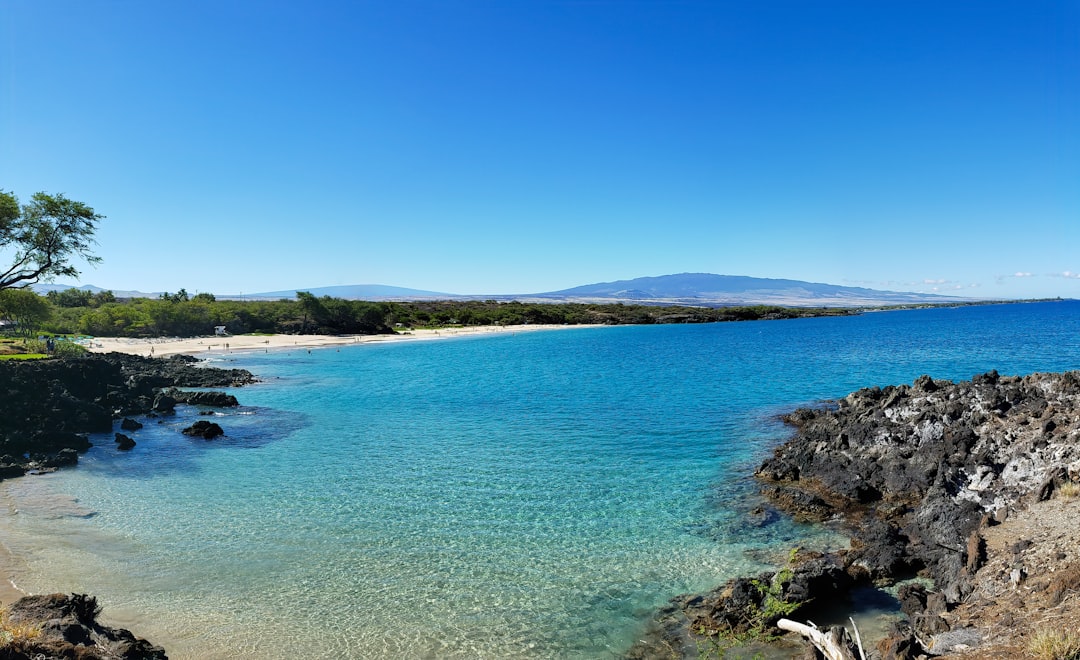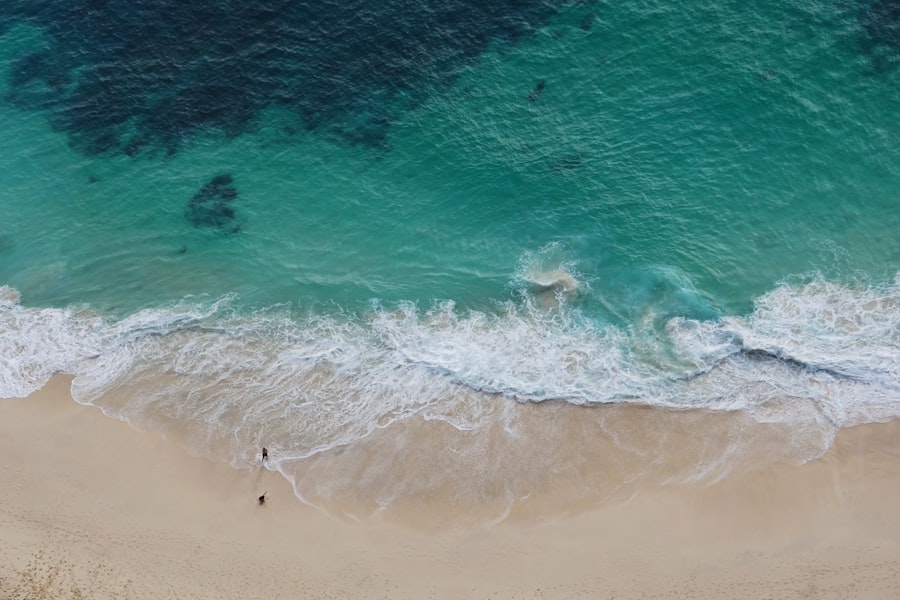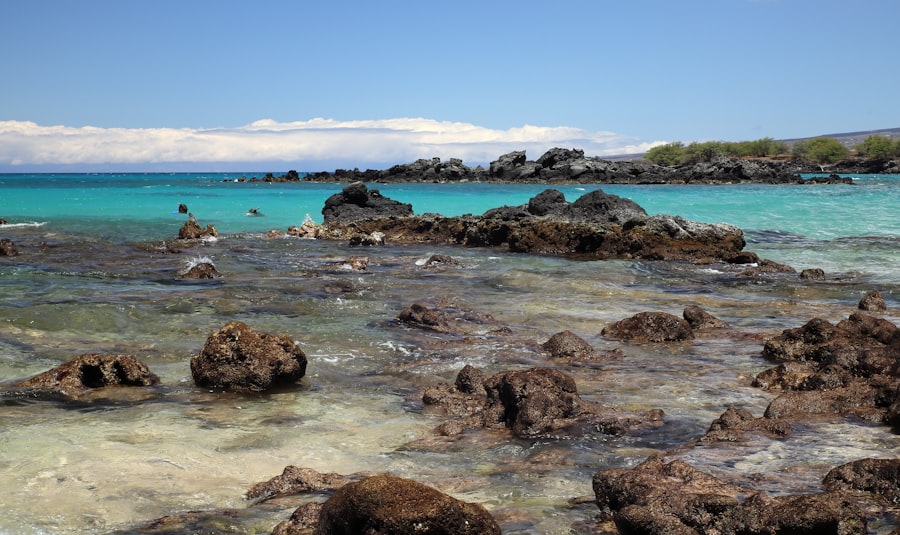
The Gambia, a small yet vibrant country located on the west coast of Africa, is often referred to as the “Smiling Coast” due to its warm hospitality and welcoming atmosphere. Enclosed by Senegal on three sides and bordered by the Atlantic Ocean to the west, this narrow strip of land stretches approximately 480 kilometers along the Gambia River. The river itself is a lifeline for the nation, providing not only a means of transportation but also a rich source of biodiversity and cultural significance.
The capital city, Banjul, is situated on an island at the mouth of the river, while the surrounding regions are characterized by lush landscapes, diverse ecosystems, and a tapestry of cultures. Gambia’s population is predominantly made up of various ethnic groups, including the Mandinka, Wolof, and Fula, each contributing to the country’s rich cultural mosaic. English is the official language, a remnant of colonial rule, but local languages are widely spoken and celebrated.
The nation’s history is deeply intertwined with the transatlantic slave trade, which has left an indelible mark on its cultural heritage. Today, Gambia stands as a beacon of resilience and unity, showcasing a blend of traditional practices and modern influences that make it a unique destination for travelers seeking both adventure and cultural enrichment.
Key Takeaways
- Gambia is a small West African country known for its beautiful beaches, diverse wildlife, and rich cultural heritage.
- Historical and cultural sites in Gambia include the UNESCO World Heritage site of Kunta Kinteh Island, the National Museum in Banjul, and the Wassu Stone Circles.
- Gambia is home to natural wonders such as the River Gambia National Park, Abuko Nature Reserve, and the Tanbi Wetlands, offering opportunities for birdwatching and eco-tourism.
- Must-visit places in Gambia include the vibrant beach town of Bakau, the lively Albert Market in Banjul, and the traditional village of Juffureh, made famous by Alex Haley’s “Roots.”
- Local cuisine in Gambia features dishes like domoda (peanut stew), benachin (one-pot rice dish), and yassa (marinated grilled meat), which can be found in traditional markets like Serrekunda Market and Brikama Market.
- Tips for traveling in Gambia include respecting local customs and traditions, staying hydrated in the hot climate, and being cautious of petty theft in crowded areas.
Historical and Cultural Sites in Gambia
Gambia is home to numerous historical and cultural sites that reflect its complex past and vibrant traditions. One of the most significant locations is the Kunta Kinteh Island, formerly known as James Island. This UNESCO World Heritage Site served as a major slave trading post during the 18th century.
Visitors can explore the remnants of the fortifications and learn about the harrowing history of the transatlantic slave trade through guided tours that provide insight into the lives of those who were captured and transported across the ocean. The island is named after Kunta Kinteh, a prominent figure in Alex Haley’s novel “Roots,” which has brought international attention to Gambia’s historical narrative. Another notable site is the Arch 22, an impressive monument located in Banjul that commemorates the 1994 coup d’état led by Yahya Jammeh.
Standing at 35 meters tall, it offers panoramic views of the city and serves as a reminder of Gambia’s political history. The arch is adorned with intricate carvings that depict various aspects of Gambian life and culture. Additionally, the National Museum in Banjul provides an extensive overview of Gambia’s history, showcasing artifacts from prehistoric times to contemporary art.
The museum’s exhibits highlight the country’s diverse ethnic groups, traditional crafts, and significant historical events, making it an essential stop for anyone interested in understanding Gambia’s rich heritage.
Natural Wonders and Wildlife in Gambia

Gambia’s natural beauty is as captivating as its cultural heritage, with a variety of ecosystems ranging from mangroves to savannahs. The country boasts several national parks and reserves that are home to an array of wildlife. One of the most prominent is the Abuko Nature Reserve, which spans over 100 hectares and is located just a short drive from Banjul.
This reserve is a sanctuary for numerous bird species, making it a paradise for birdwatchers. Visitors can expect to see colorful species such as the African Fish Eagle and the Great Blue Turaco amidst lush vegetation and tranquil ponds. Another remarkable natural site is the Kiang West National Park, which offers a more rugged experience for nature enthusiasts.
This park is known for its diverse habitats, including wetlands, woodlands, and grasslands. It is home to various mammals such as baboons, monkeys, and even elusive species like the West African manatee in its waterways. The park also features several walking trails that allow visitors to immerse themselves in the serene environment while observing wildlife in their natural habitat.
The combination of rich biodiversity and stunning landscapes makes Gambia an ideal destination for eco-tourism.
Must-Visit Places in Gambia
| Place | Description | Location |
|---|---|---|
| Abuko Nature Reserve | A wildlife reserve with diverse bird species and walking trails | Western Gambia |
| Kachikally Crocodile Pool | A sacred pool where visitors can see and touch crocodiles | Western Gambia |
| Janjanbureh Island | An island with historical sites and scenic views of the Gambia River | Central Gambia |
| Fort Bullen | A historic fort with views of the Atlantic Ocean | North Bank Region |
When traveling through Gambia, there are several must-visit places that encapsulate the essence of this enchanting country. One such location is Serekunda, the largest city in Gambia, known for its bustling markets and vibrant street life. The Serekunda Market is a sensory overload where visitors can find everything from fresh produce to traditional textiles.
The lively atmosphere is enhanced by the sounds of bargaining and laughter as locals engage in their daily routines.
Another essential stop is the coastal town of Bakau, famous for its beautiful beaches and rich fishing heritage.
The Bakau Fish Market is a lively hub where fishermen bring in their daily catch, creating a colorful scene filled with activity. Visitors can enjoy fresh seafood while soaking up the sun on one of Bakau’s pristine beaches or take part in water sports such as kayaking or jet skiing. The nearby Kachikally Crocodile Pool offers a unique experience where visitors can interact with these fascinating reptiles in a sacred setting that holds cultural significance for locals.
Local Cuisine and Traditional Markets in Gambia
Gambian cuisine is a delightful fusion of flavors influenced by various ethnic groups and traditions. Rice is a staple food in Gambia, often served with flavorful stews made from fish or meat. One popular dish is “benachin,” also known as jollof rice, which is cooked with tomatoes, onions, and spices to create a savory one-pot meal that embodies the essence of West African cooking.
Another must-try dish is “domoda,” a peanut stew that combines groundnuts with vegetables and meat or fish, resulting in a rich and hearty meal that reflects the agricultural bounty of the region. Traditional markets play an integral role in Gambian culture, serving as social hubs where communities gather to buy and sell goods while exchanging stories and laughter. The Serrekunda Market stands out as one of the largest markets in West Africa, offering an array of products from fresh fruits and vegetables to handmade crafts and textiles.
Visitors can immerse themselves in the vibrant atmosphere while sampling local delicacies from street vendors or purchasing unique souvenirs to take home. Engaging with local vendors not only supports their livelihoods but also provides insight into Gambian customs and traditions.
Tips for Traveling in Gambia

Traveling in Gambia can be an enriching experience if approached with some practical tips in mind. First and foremost, it’s advisable to familiarize oneself with local customs and etiquette before visiting. Gambians are known for their hospitality; greeting people with “As-salamu alaykum” (peace be upon you) is common practice and appreciated by locals.
Dress modestly, especially when visiting rural areas or religious sites, to show respect for cultural norms. Transportation within Gambia can be navigated through various means such as taxis, bush taxis (shared minibuses), or even renting bicycles for a more adventurous experience. While taxis are readily available in urban areas like Banjul and Serekunda, bush taxis offer an authentic way to travel between towns at an affordable price.
However, it’s essential to negotiate fares beforehand to avoid misunderstandings. Health precautions are also crucial when traveling to Gambia. It’s recommended to consult with a healthcare professional regarding vaccinations and malaria prophylaxis before departure.
Staying hydrated and using insect repellent can help mitigate health risks associated with tropical climates. Lastly, embracing local culture enhances any travel experience significantly. Engaging with local communities through cultural exchanges or participating in traditional ceremonies can provide deeper insights into Gambian life.
Whether it’s learning traditional dances or attending local festivals, these interactions foster connections that enrich one’s understanding of this beautiful country. In summary, Gambia offers a unique blend of history, culture, natural beauty, and culinary delights that make it an exceptional destination for travelers seeking both adventure and cultural immersion. With its welcoming people and diverse attractions, Gambia invites visitors to explore its treasures while creating lasting memories along the way.
If you’re interested in exploring more about different countries and their unique attractions, you might find the article on “Burundi: Facts and Places to Visit” quite enlightening. It provides a detailed look at another fascinating country, similar to the insights you’d find in a piece about Gambia. To learn more about Burundi’s culture, geography, and must-see destinations, you can read the full article here. This could be a great way to expand your knowledge and compare the intriguing aspects of both Gambia and Burundi.
FAQs
What is the Gambia?
The Gambia is a small West African country, known for its diverse ecosystems, vibrant culture, and rich history.
What are some popular places to visit in the Gambia?
Some popular places to visit in the Gambia include the capital city of Banjul, the River Gambia National Park, Kunta Kinteh Island, and the vibrant markets in Serrekunda.
What are some of the sights to see in the Gambia?
Some of the sights to see in the Gambia include the UNESCO World Heritage site of Stone Circles of Senegambia, the Abuko Nature Reserve, and the beautiful beaches along the Atlantic coast.
What is the climate like in the Gambia?
The Gambia has a tropical climate with a dry season from November to May and a rainy season from June to October. The average temperature ranges from 24°C to 32°C.
What are some traditional dishes to try in the Gambia?
Some traditional dishes to try in the Gambia include domoda (peanut stew), benachin (one-pot rice dish), and yassa (marinated grilled meat).
What are some important cultural practices in the Gambia?
Important cultural practices in the Gambia include traditional music and dance, storytelling, and the celebration of religious festivals such as Eid al-Fitr and Christmas.



